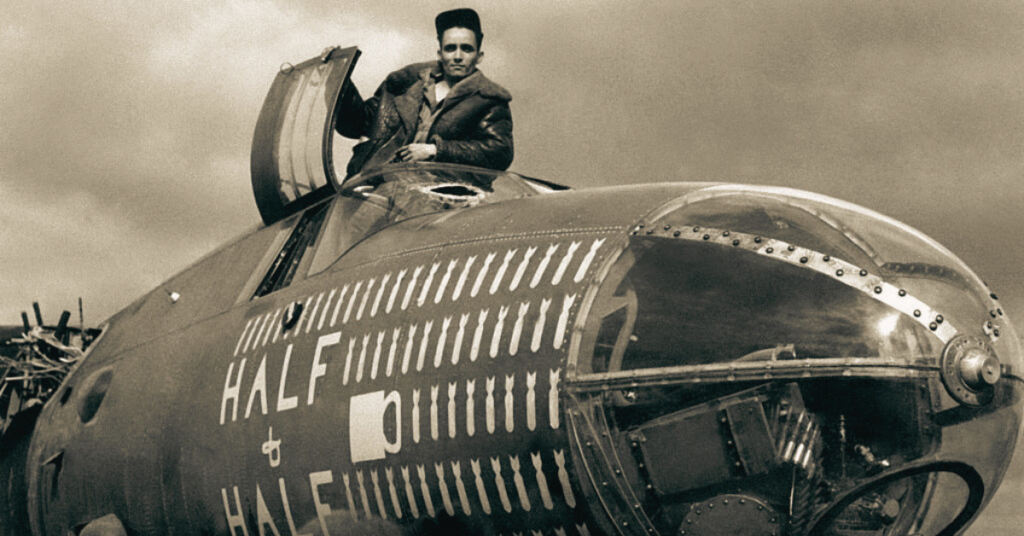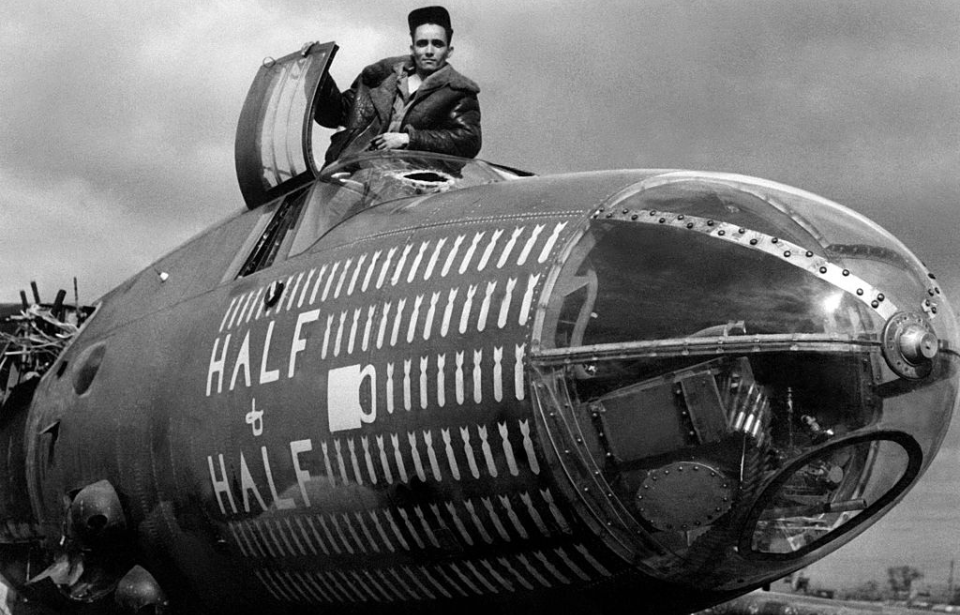
It’s undeniable that aerial combat played a pivotal role in shaping the outcome of numerous battles during World War II. The skies were dominated by aircraft-on-aircraft fighting, with the Allies ultimately coming out on top. As a symbol of pride and achievement, many pilots adorned their fighters and bombers with victory markings, distinctive emblems that tallied up their triumphs against the enemy.

Victory markings emerged as a way for pilots to showcase their individual and collective successes against enemy aircraft. They took the form of painted symbols or decals placed in various locations on an aircraft. Typically, each marking represented one confirmed enemy aircraft that was shot down, while other symbols signified other victories. The practice varied among different Allied air forces, but a variety of different icons were used to denote different missions.
The above image from 1945 shows just how effective this particular aircraft and its crew were in the air. The pilot of the Martin B-26 Marauder Half & Half stands in the cockpit of the bomber, which participated in an astounding number of missions, as its own victory markings show.
It was also extremely common for pilots to mark their aircraft with the flags of their enemies. This is seen among the numerous photos of US Navy pilots, who used these symbols.
While victory markings certainly had a positive psychological impact on the pilots, they also played a significant role in boosting the morale of both ground crews and the civilian population. The sight of an aircraft covered in these symbols demonstrated the prowess and dominance of the Allied forces, instilling a sense of pride and hope. Furthermore, the media often used images of decorated aircraft in propaganda materials.
Victory markings remained a cherished tradition throughout the Second World War and were something even the Axis powers used. In fact, they’re still used by some militaries to this day.